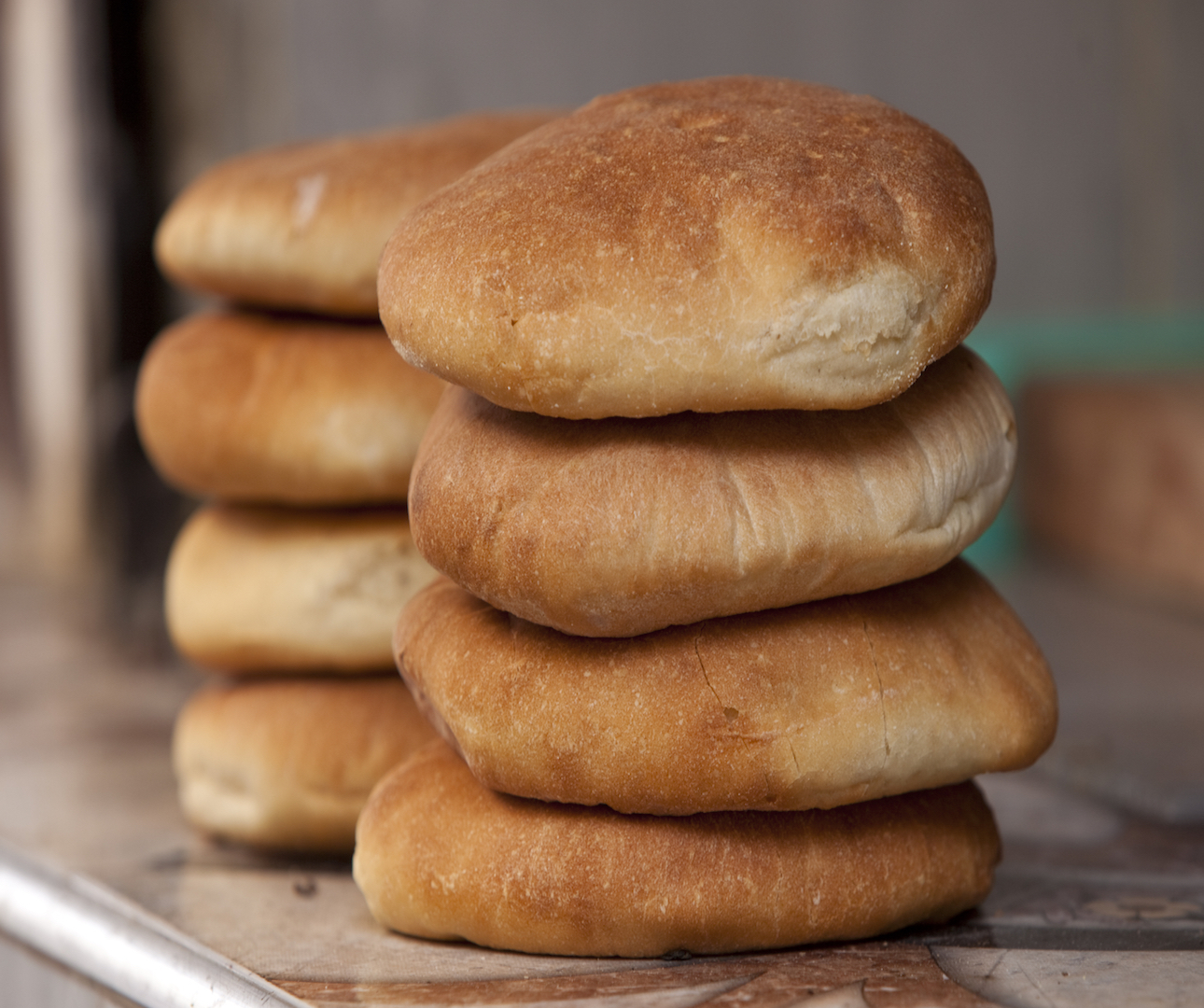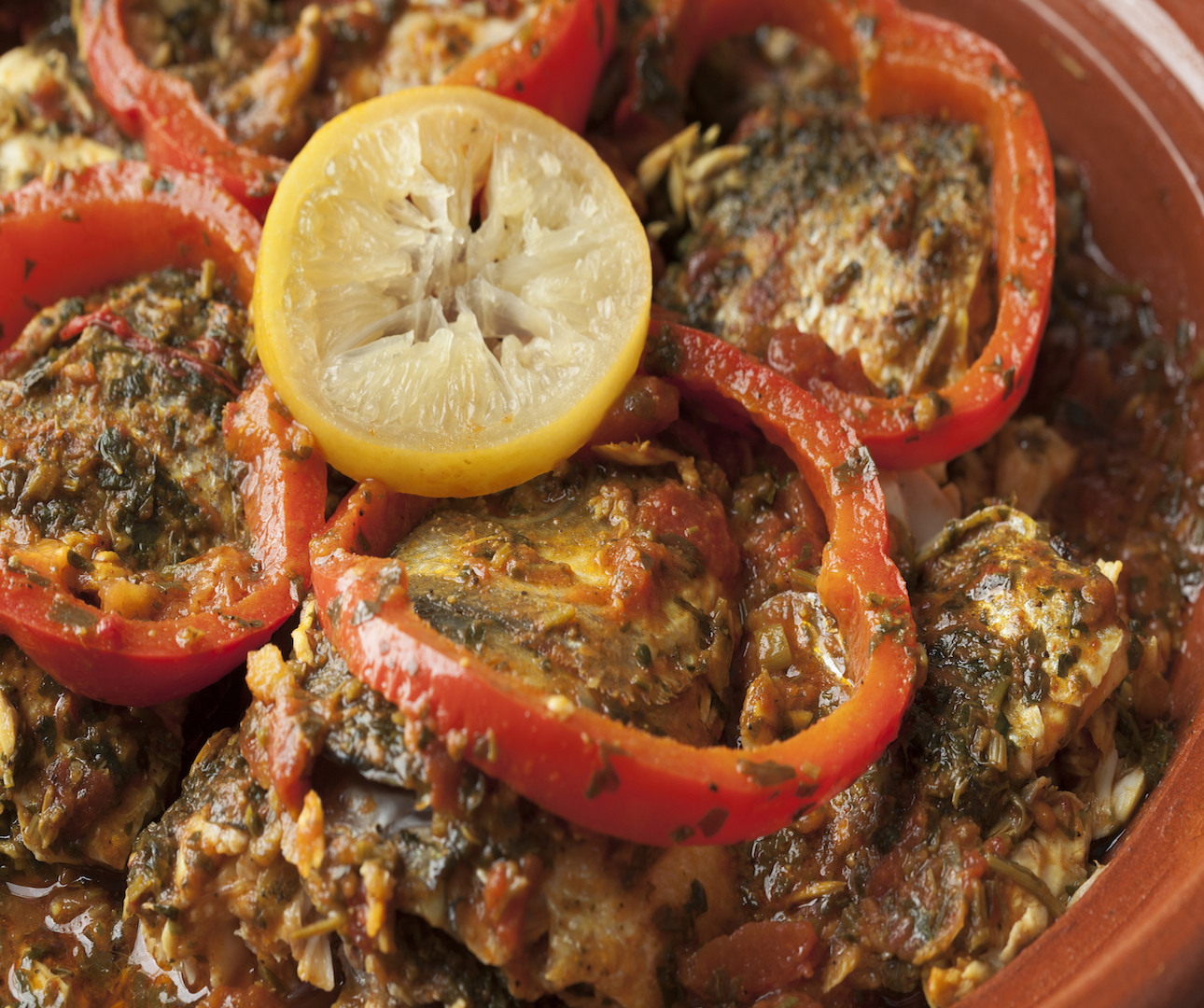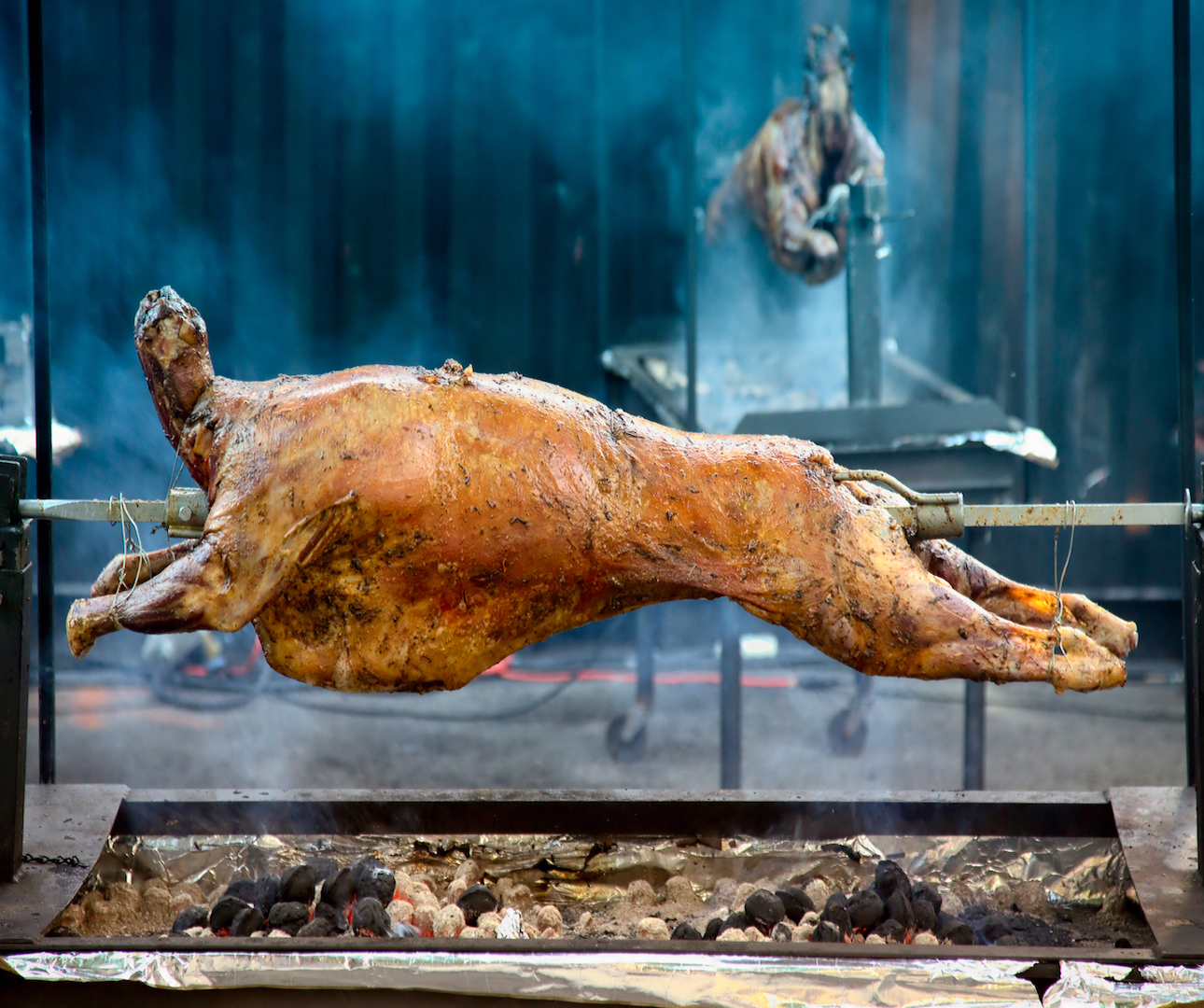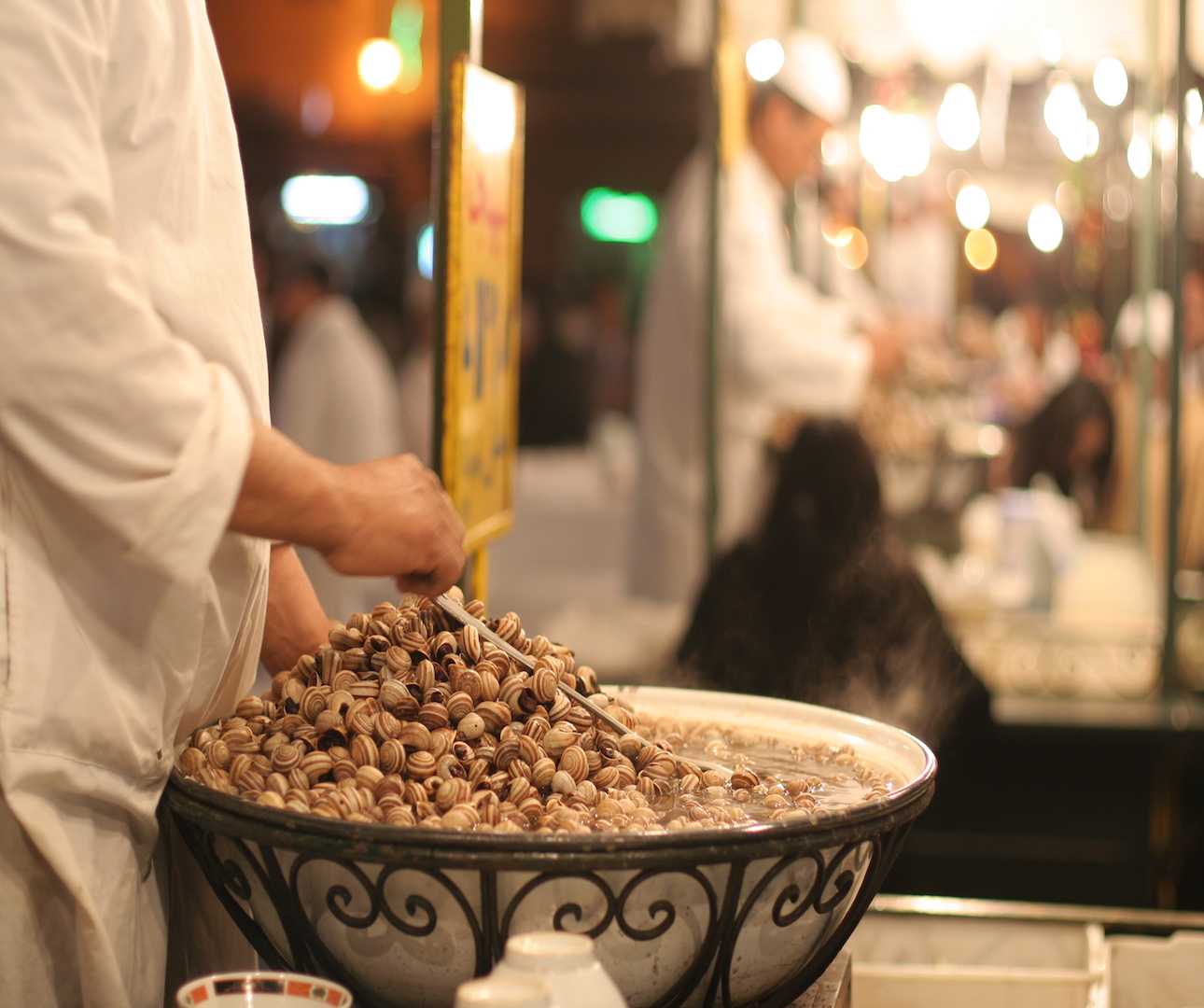Moroccan Foods: Top Traditional Dishes You Need to Try
You don’t just visit Morocco—you taste it. From the smoky depths of a lamb tagine to the sweet, spiced swirl of fresh mint tea poured from a height, food is at the heart of life here. Every market square is alive with aromas: preserved lemons, sizzling skewers, and the earthy scent of fresh coriander mingling with cumin and cinnamon. In Djemaa el Fna Square, vendors call out over the hum of the crowd, and you’ll spot locals dipping warm khobz into bubbling stews or crunching on paper cones of broad beans.
Here is our Insightful guide to Moroccan food, focusing on both indulgent street food and comforting home-cooked food. If you find yourself inspired by this article and want an authentic introduction to Moroccan flavors in real life, check out one of our guided tours to Morocco and discover the country’s culinary stories, one dish at a time.
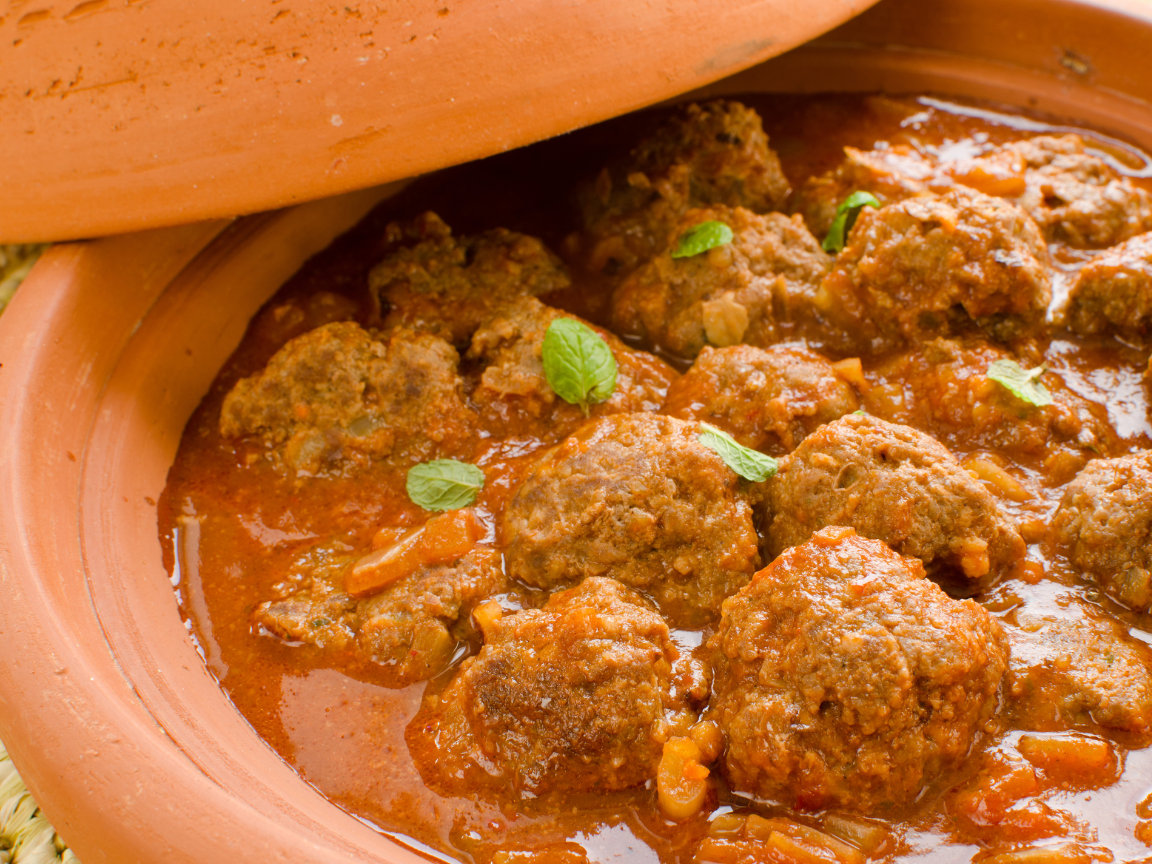
1. Tagine
Named after the pot it’s cooked and served in, this Moroccan staple is one of the most common dishes across the country. Essentially a spiced meat, vegetable and fruit stew that’s marinated and cooked for hours (a day is not unknown), make sure to mop up the fragrant sauce with plenty of bread or couscous. You can have a wide variety of meats, from meatball tagine (kefta mkaouara) to lamb (Mrouzia).
2. Bessara
Simple yet satisfying, bessara is a creamy broad bean soup, spiced with cumin and drizzled with olive oil. Often eaten at breakfast, especially in winter, it’s served piping hot with warm bread. In the markets, you’ll often see locals gathered around pots of bessara, sharing bowls and conversation.
3. Pastilla
Imagine Greek spanakopita but with the feta and spinach replaced with shredded chicken, almonds and spices and you’re pretty close to pastilla (or B’stilla). Historically filled with pigeon, chicken is now the most common filling. It’s wrapped in flaky pastry and dusted with powdered sugar, beautifully embodies Morocco’s love for sweet and savory flavours.
4. Tanjia
He/she who dares definitely wins when it comes to this dish. Usually served as a sandwich, this giant sausage is stuffed with ground beef, lamb or camel meat before being rubbed with countless spices and baked in a communal bread oven, after which it’s sliced, griddled, and thrown between two soft slices of khobz (flatbread).
Moroccan bread © Ingenui/iStock
5. Couscous
No guide to traditional Moroccan food could possibly be considered complete without couscous, or seksu. Traditionally rolled by hand, this steamed wheat pasta is usually eaten with a sweet raisin preserve or a bowl of buttermilk, meat and lots of grilled vegetables. Sweet touches like raisins or caramelised onions are common, balancing the savoury with a hint of sweetness.
6. Desserts
On the street stalls, the main choice in the sweets department is between briwat (almond-stuffed deep-fried pastries flavored with blossom water), and chebakia (deep-fried sesame cookies) – both of which are dangerously moreish.
7. Fish Chermoula
Chermoula is the name given to a long list of ingredients (herbs, lemon juice, garlic, cumin, cilantro, chilli, pepper etc.) that make up an incredible marinade for fish. The result is so divine that it’s rarely thrown away. Instead, it’s used again as a dipping sauce.
Moroccan fish tagine with chermoula © PictureParnters/iStock
Save up to $3,000* per couple on your first Premium Tour
Plus receive latest offers, travel inspiration, and discover how your travels will make a positive impact. Together, WE MAKE TRAVEL MATTER®. Subscribe NowWhat is the national dish of Morocco?
Tagine is often considered the national dish, thanks to its versatility and deep cultural roots.
8. Harira
A popular local staple, harira is a soup containing tomatoes, lentils, chickpeas, lamb, coriander, and lemon juice. Often served with sweet chebakia (see above), this is a great option for a light lunch or dinner, and is commonly used to break the daily fast during Ramadan.
9. Khobz
Khobz is just the name for bread, but there are so many varieties that it’s worth remembering a few of the best. Order harcha if you like semolina breads, baghira if crumpets are your favorite, and rghaif if you’re a fan of flatbread.
10. Makouda
These golden, deep-fried potato balls are a popular street snack across Morocco, often served with harissa for an extra kick. Makouda are simple, hearty, and satisfying—ideal for refuelling during a day of sightseeing.
Whole lamb barbecue mechoui © Nicolas McComber/iStock
11. Mechoui
Quite a special dish (historically reserved for celebrations), mechoui is a whole lamb covered in salt and cumin and roasted in a pit. The meat should be cooked so slowly that it can barely cling to the bone by the time it reaches your plate.
12. Merguez
These spicy Moroccan sausages are made with lamb or beef, flavoured with harissa, paprika, and fresh herbs. Merguez is often served in sandwiches, stews, or alongside vegetable salads. Grilled and eaten hot off the flame, it’s a must-try for anyone looking to sample the robust side of Moroccan cuisine.
13. Sardines
The world’s largest exporter of sardines, Morocco is the undisputed master of cooking them too. Classic Moroccan recipes for sardines usually include stuffing them with chermoula paste (see above), then coating in batter and deep-frying until crisp.
What is the most popular street food in Morocco?
Makouda is a classic street food favourite, alongside dishes like snail soup and merguez sausages.
14. Sheep’s Head
Sheep’s Head might be one of the more daring Moroccan foods to try on your trip, but rest assured, this is a ubiquitous street food specialty. Little but the cheeks, tongue and brain are edible, but when sprinkled with cumin, salt and chilli, boiled in onion and then barbequed, this rather gruesome dish is actually pretty tasty.
Snail soup in Djemaa el Fna © Dreef/iStock
15. Snail Soup
In Djemaa el Fna Square in Marrakech, steaming pots of snail soup are a common sight. No doubt a French culinary imprint, the snails (babouche) are much smaller in Morocco but are still cooked in a powerful lemon, garlic and onion broth that packs a few North African twists. If you look squeamish, helpful locals will no doubt inform you that it’s good for digestion, and apparently cures colds…
16. Lemon Olives & Preserved Lemon
Preserved lemons and lemon olives are the backbone of many Moroccan dishes. The lemons are cured in salt and their own juices for weeks, resulting in an intensely fragrant, salty-sour ingredient that transforms tagines and salads. Lemon olives bring the same burst of flavour, especially in chicken tagines.
17. Dried Fruit & Nuts
Moroccan markets are a treasure trove of dried fruit and nuts, from plump dates and figs to almonds and walnuts. These snacks are often enjoyed on their own or as part of a mezze spread, offering a naturally sweet counterpoint to the rich spices in savoury dishes.
18. Fresh Mint Tea
No discussion of Moroccan cuisine is complete without mentioning fresh mint tea—a symbol of hospitality and an essential part of daily life. Traditionally poured from a height into small glasses, the tea is sweet, aromatic, and endlessly refreshing.
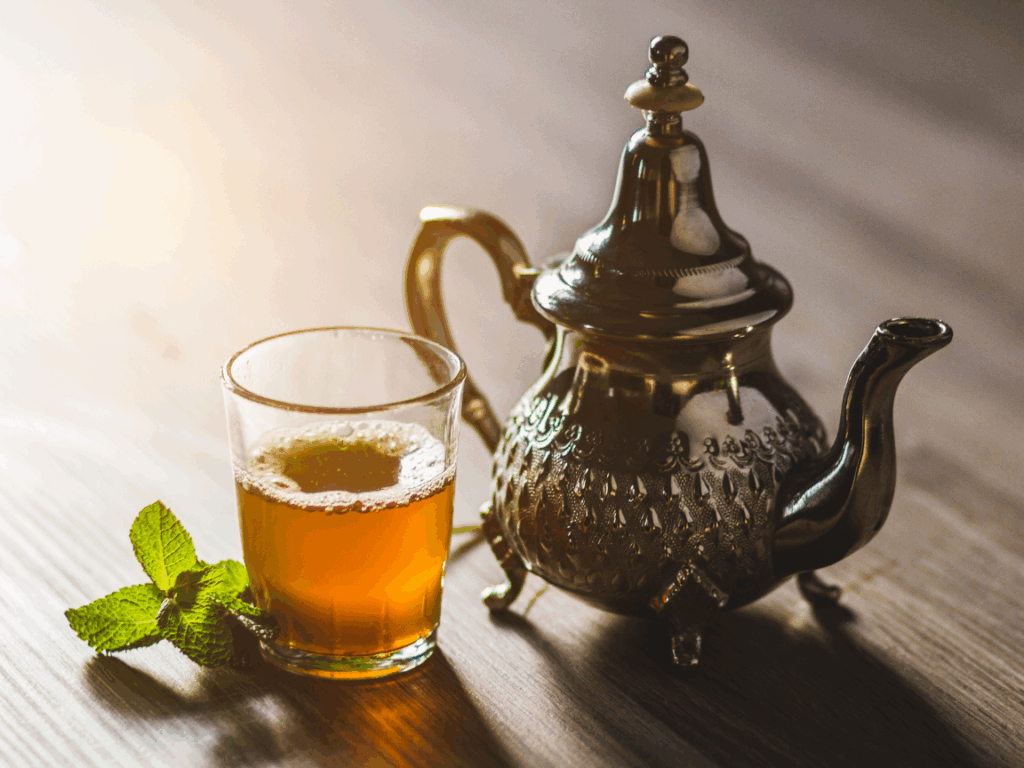
Image source: Canva
What food is famous in Morocco?
Morocco is famous for its tagines, couscous, and preserved lemon dishes. Spices like cumin, coriander, and saffron, along with olives and mint tea, form the backbone of Moroccan cuisine. The most iconic dish is tagine, and we’d say it’s a strong contender for the best food in Morocco.
If you like the sound of these rich Moroccan foods, you’ll love the food you’ll try on our Best of Morocco tour
Banner image: Traditional casserole dishes from Morocco © mariusz_prusaczyk/iStock
LIKED THIS POST? SHARE WITH YOUR COMMUNITY
